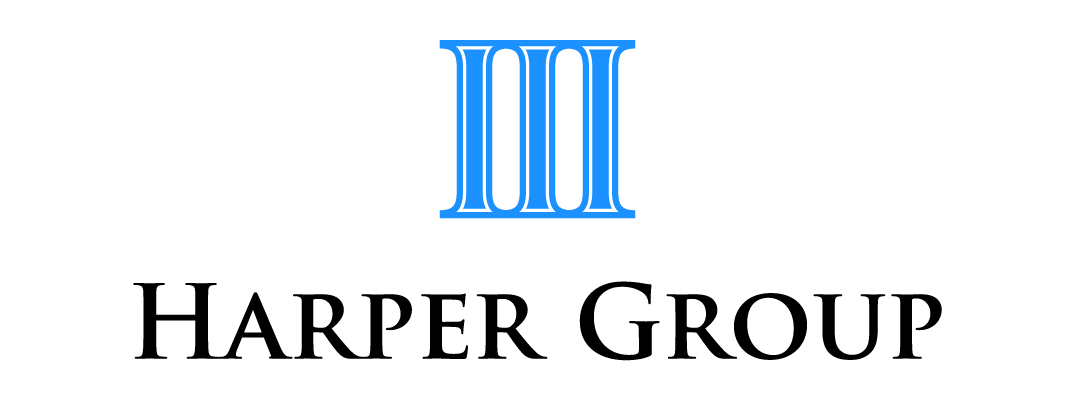Share dividend income and franking credits
Mum and dad investors in receipt of dividends from their share portfolio often benefit from investing in blue chip shares because they usually have franking credits attached.
As a general rule, an Australian resident shareholder is assessed for tax on dividends received plus any franking credits attached to those dividends.
The shareholder is assessed on the “grossed-up” income and then allowed a “franking tax credit” in respect of the corporate tax paid by the company on the profits from which those dividends are paid.
This system is referred to as the dividend imputation system.
This just means that the company attributes or assigns the underlying tax (imputes it) to the receiving shareholder. The dividend comes with a "franking credit" representing the company tax paid by the company on the profits underlying the dividend, which the shareholder can use to offset their own tax liability.
Dividends can be fully franked (that is, franking credits have been attached to 100% of the dividend paid), partly franked (franking credits have been attached to a portion of the dividend paid) or unfranked (no credits attached). Your dividend statement should spell out the percentage to which the dividend is franked.
Excess franking tax offsets are refundable to certain taxpayers (that is, individuals and superannuation funds). For a company, excess franking credits are not refundable, but may be converted into an equivalent tax loss and carried forward to use in a subsequent income year.
How it works
The following example illustrates how the dividend imputation system works and how you can benefit if you receive a franked dividend:
A company earned the following amount of taxable income and after tax profit:
Taxable income $15,000
Income tax paid (30% by the company) $4,500
After tax profit $10,500
The company tax paid resulted in the following entry in the franking account:
Franking credit $4,500
An individual shareholder of the company receives a fully franked dividend. The following table sets out the primary tax payable to shareholders on the dividend income at various tax rates (the example utilises the 2014-15 marginal tax rates to show the impact of the dividend at different marginal rates and ignores the Medicare levy). Note: The top marginal tax rate is 47% due to the imposition of the temporary budget repair levy.
Marginal rate 47% 37% 32.5% 19% 0%
Dividend received (cash component) $10,500$10,500$10,500$10,500 $10,500
Add: Franking credit $4,500 $4,500 $4,500 $4,500 $4,500
Assessable income $15,000 $15,000$15,000$15,000$15,000
Personal primary tax assessed
(Rate x assessable income) $7,050 $5,550 $4,875 $2,850 0
Less: franking tax offset ($4,500) ($4,500) ($4,500) ($4,500) ($4,500)
Tax payable $2,550 $1,050 $375 Nil Nil
Excess credit refundable Nil Nil Nil $1,650 $4,500
As illustrated, those who are paying tax above the personal tax rate of 30% will need to pay “top up tax” on the dividend received – while those who pay tax below the personal tax rate of 30% will in most cases be entitled to a refund.
What about trusts and partnerships?
If a franked dividend is paid to a trust or partnership, the franking credit is “grossed-up” and included in the trust or partnership’s income. Each beneficiary or partner is typically entitled to utilise those credits based on their share of the net income (subject to satisfying a holding period rule, which stipulates that shares must be held “at risk” for at least 45 days – this rule may also apply to individuals).
For discretionary trusts, satisfying the holding period rule may entail the trust making a family trust election. Further, special rules apply in relation to ensuring the franked dividends can be streamed to beneficiaries (ask us to clarify if these situations apply to your case).
Where a company is in receipt of franked dividends, the franking credit is included in the recipient company’s assessable income and a franking credit tax offset is allowed (subject to the holding period rule). The franking credit is then credited to the recipient company’s franking account, available to be attached to the recipient company’s own frankable distributions.
Note also that companies in receipt of franked dividends cannot be entitled to a refund of franking credits where they are in a tax loss position. Any excess credits are to be converted into a tax loss for recoupment in later years.
Are franking credits always available?
Not always. Note that franking tax offsets can sometimes be denied or limited because the entitlement to franking tax offsets or a refund of franking credits is subject to certain rules (ask us for clarification), which can include:
· the “qualified person” requirement
· anti -avoidance rules, and
· anti-streaming rules.
If shareholders do not qualify for a franking tax offset, they do not “gross-up” (include the imputation credit in assessable income) and are not entitled to a franking tax offset.
We will correctly account for your dividends and franking credits when we prepare your tax return – however, if you do have any questions, please contact us.
Harper Group Pty Ltd Chartered Accountants Frankston Ph 03 9770 1547
Disclaimer: All information provided in this article is of a general nature only and is not personal financial or investment advice. Also, changes in legislation may occur frequently. We recommend that our formal advice be obtained before acting on the basis of this information.
